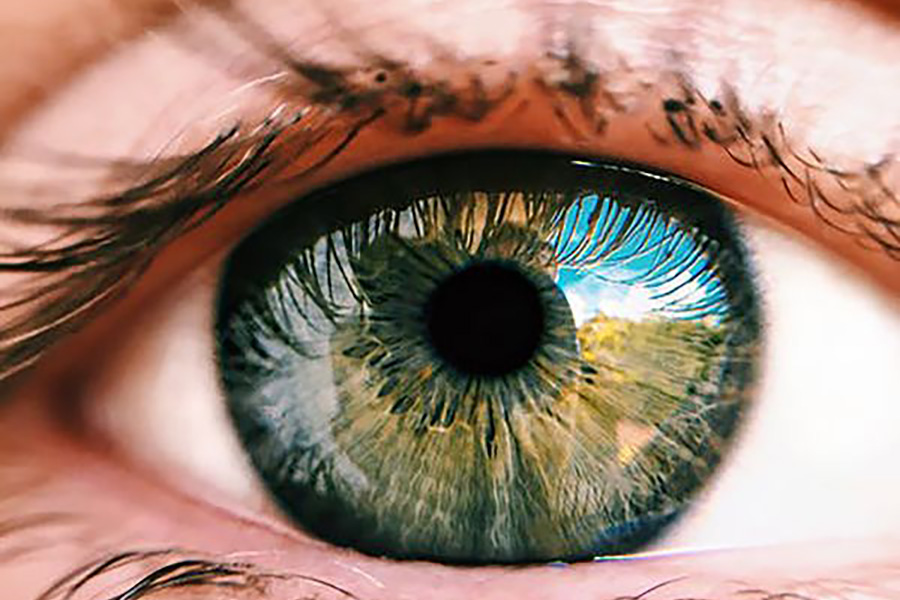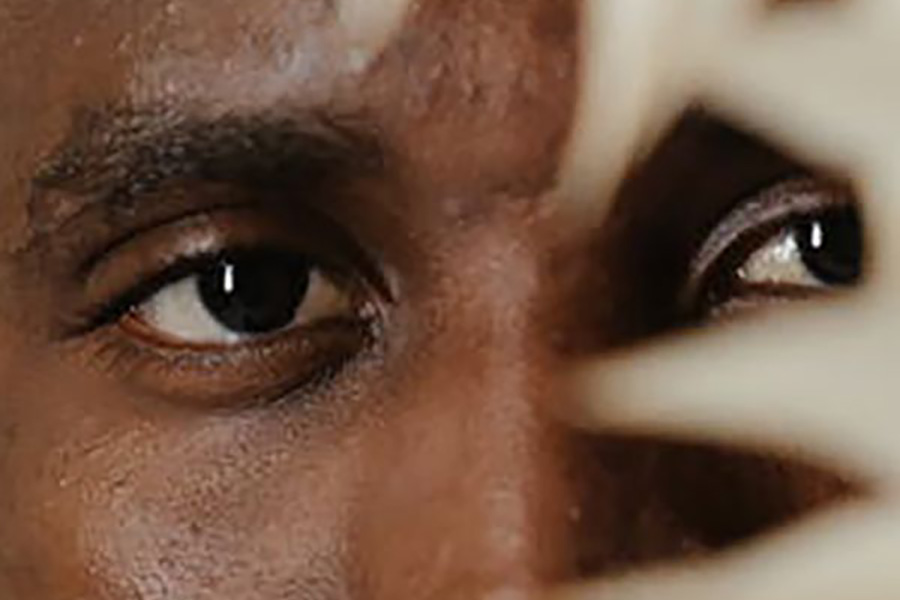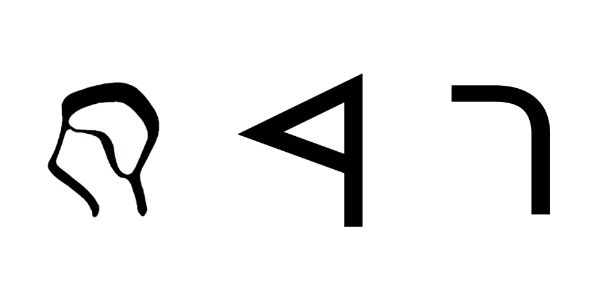The word āyan (𐤏𐤉𐤍) means “eye” meaning the organ of sight, in vertebrates typically one of a pair of spherical bodies contained in the skull.
The Paleo-Hebrew language or the original language of the Ābarayam is one spoken with an emphasis on the rauakh (breath, wind, spirit). With the language of the Ābarayam, each letter has a meaning and a number associated with it that adds meaning to each word they’re used with. Below you will be able to learn more about the letter in Ancient Hebrew, Yiddish Hebrew, Greek, and much more.
Letter Meanings
| Letter | Meaning |
|---|---|
| 𐤏 (ā) – aa | eye, to see, experience, watch, heed, know, cover, color |
| 𐤉 (y) – ya | arm, hand, work, thrust, deed, make, throw, worship |
| 𐤍 (n) – na | offspring, seed, fish, heir, kingdom, continue, perpetuate Suffix: forming nouns denoting one with a certain characteristic. Suffix: forming names of chemical elements. |
| Ābarayat Number | 130 = 70 (ā) + 10 (y) + 50 (n) |
| Hebrew Gematria | |
| English Gematria | |
| Simple Gematria |
Based on the meaning of the letters the word could be defined as:
- “to see worship of kingdom”
- “know(ledge) to create offspring”
- “heed work of kingdom”
Definitions for 𐤏𐤉𐤍 / āyan
| Language | Word | Transliteration | Pronunciation | Definition |
|---|---|---|---|---|
| Ābarayat | 𐤏𐤉𐤍 | āyan | eh-yan | an eye Potentially written as ghayan (pronounced: gha-yan). |
| English | eye | eye | ahy | the organ of sight, |
| Hebrew | עַיִן | ayin | ah’-yin | |
| Arabic | عين | eayan | ea-yan | eye |
| Greek | ὄμμα | omma | om’-mah | an eye |
Images for 𐤏𐤉𐤍 / āyan


Definitions for 𐤏𐤉𐤍𐤉 / āyanay
When adding the 𐤉 (yad) to the end of a word, it creates a possessive of the original word. It can either signify “my…” or identify a member of a nation. For example, 𐤏𐤁𐤓 (Ābar) is the progenitor, but 𐤏𐤁𐤓𐤉 (Ābaray) is the singular descendant of him also known as a Hebrew.
| Language | Word | Transliteration | Pronunciation | Definition |
|---|---|---|---|---|
| Ābarayat | 𐤏𐤉𐤍𐤉 | āyanay | eh-ya-ney | |
| English | ||||
| Hebrew | ||||
| Arabic | ||||
| Greek |
Images for 𐤏𐤉𐤍𐤉 / āyanay


Definitions for 𐤏𐤉𐤍𐤉𐤌 / āyanayam
When adding the 𐤌 (mayam) after the 𐤉 (yad) to the end of a word, it creates a plural of the original word. It can identify multiple members of a nation. For example, 𐤏𐤁𐤓 (Ābar) is the progenitor, but 𐤏𐤁𐤓𐤉𐤌 (Ābarayam) are the plural descendants of him also known as Hebrews.
| Language | Word | Transliteration | Pronunciation | Definition |
|---|---|---|---|---|
| Ābarayat | 𐤏𐤉𐤍𐤉𐤌 | āyanayam | eh-yan-yawm | eyes |
| English | eyes | eyes | ahys | the organs of sight |
| Hebrew | ||||
| Arabic | ||||
| Greek |
Images for 𐤏𐤉𐤍𐤉𐤌 / āyanayam


Definitions for 𐤏𐤉𐤍𐤉𐤕 / āyanayat
When adding the 𐤕 (tau) after the 𐤉 (yad) to the end of a word, it creates a plural of the original word. It identifies the language or a sign of a nation’s existence. For example, 𐤏𐤁𐤓 (Ābar) is the progenitor, but 𐤏𐤁𐤓𐤉𐤕 (Ābarayat) is the language of him also known as Paleo-Hebrew language.
| Language | Word | Transliteration | Pronunciation | Definition |
|---|---|---|---|---|
| Ābarayat | 𐤏𐤉𐤍𐤉𐤕 | āyanayat | eh-yan-yawt | eyepiece |
| English | eyepiece | eyepiece | ahy-pees | the lens or combination of lenses in an optical instrument through which the eye views the image formed by the objective lens or lenses; ocular. |
| Hebrew | ||||
| Arabic | ||||
| Greek |
Images for 𐤏𐤉𐤍𐤉𐤕 / āyanayat


Classification
You can continue your studies of the words by viewing Strong’s entries for:



